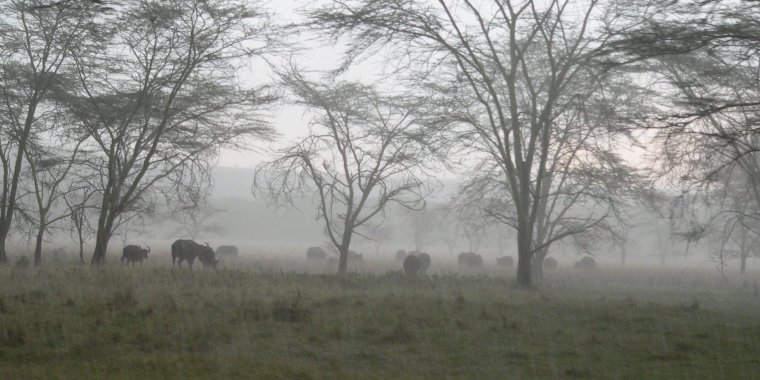| News / Science News |
Climate change projected to increase seasonal East African rainfall
Rainfall during the season known as the "short rains" is expected to rise significantly in East Africa over the next few decades in response to increased greenhouse gases, according to research led by scientists at The University of Texas at Austin. The rise continues a trend that has been observed in recent years and led to flooding and locust infestations.

New research shows that rainfall in East Africa will increase as greenhouse gases rise. Photo: Flickr/Snake3yes
The study used high-resolution simulations to find that the amount of precipitation during the short rains could double by the end of the century. The season known as the "long rains," on the other hand, is expected to remain stable, according to the new projections.
These results are in contrast to previous analyses that associated global warming with the drier conditions that occurred earlier this century.
"There are two East African rainy seasons with different sensitivities to greenhouse gases," said scientist Kerry Cook. "Our work shows that the short rains will continue to increase -- in fact, flooding and locust infestations are already occurring -- and that there is no drying trend for the long rains."
When the short rains develop, usually with a peak in November, the Southern Hemisphere circulation is in a summer pattern, with high pressure over the ocean and low pressure over land in the subtropics, setting up a circulation pattern that funnels more moisture over East Africa.
It is this rainy season that is more sensitive to greenhouse-gas induced climate change. November rainfall over East Africa is expected to increase by about one-third by 2050 and double by 2100.
"Such rainfall trends could be devastating, stressing the need for increased preparedness to mitigate future losses," says Varavut Limpasuvan, a program director in NSF's Division of Atmospheric and Geospace Sciences. (National Science Foundation)
YOU MAY ALSO LIKE





